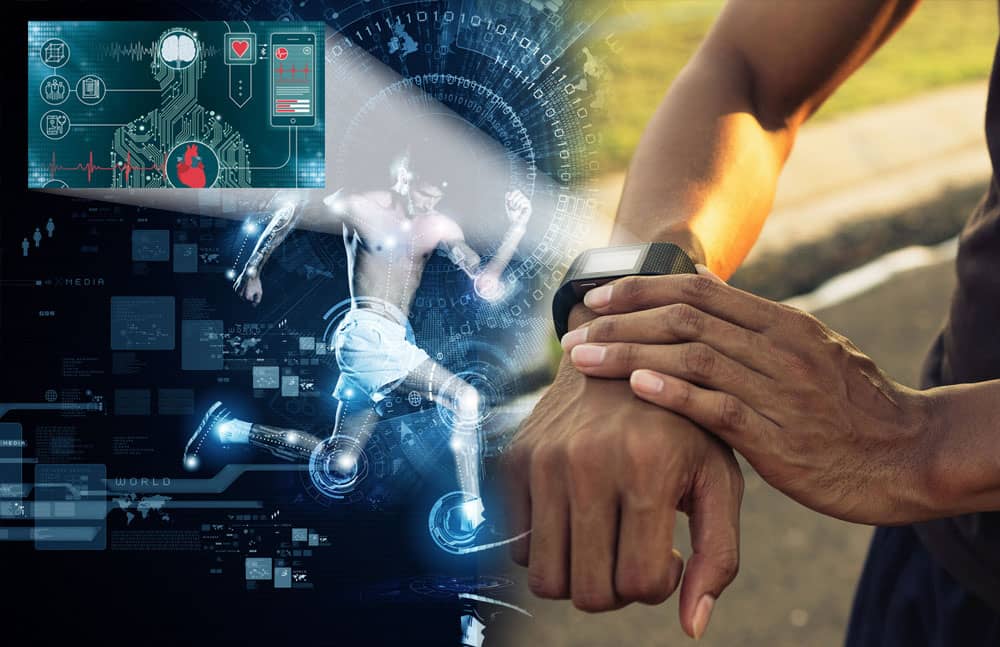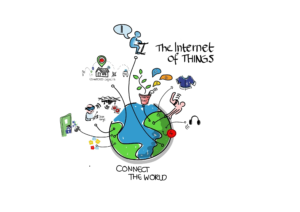How Wearable Technology Is Shaping the Future of Healthcare

Wearable technology is significantly shaping the future of healthcare, offering unprecedented possibilities for proactive care, personalized treatment, and improved patient outcomes. Imagine a world where individuals can monitor their health continuously, receive immediate alerts for potential issues, and engage actively in their own well-being – this future is rapidly becoming a reality, driven by the advancement of wearable devices. This article delves into the profound impact of wearable technology on healthcare, exploring its applications, benefits, and the associated challenges. We’ll explore how these innovative devices are transforming patient care, enhancing preventative measures, and driving research advancements. Furthermore, we will examine potential barriers to widespread adoption, such as data privacy concerns and ensuring ethical implementation.
1. The Rise of Wearable Technology in Healthcare
1.1 Defining the Scope of Wearable Technology
Wearable technology has rapidly evolved from a mere fashion statement to a powerful tool in healthcare. These devices, ranging from fitness trackers to sophisticated medical-grade sensors, collect and transmit a wealth of health data, enabling proactive monitoring and early intervention. The rise of mobile health (mHealth) applications has further enhanced the capabilities of wearable devices, facilitating real-time data analysis and personalized insights for both patients and healthcare professionals. As technology continues to advance, this trend is likely to continue, presenting significant opportunities for improving both preventative and reactive healthcare delivery.
1.2 Addressing the Need for Proactive Healthcare
Traditional healthcare often relies on reactive measures, addressing issues after they arise. This approach can lead to delayed diagnoses and potentially worse health outcomes. Wearable technology, in contrast, facilitates a more proactive approach to health management. By continuously monitoring key physiological indicators, these devices can identify potential problems early on, allowing for timely intervention and preventive care.
2. Revolutionizing Patient Monitoring
2.1 Remote Patient Monitoring: A New Frontier in Care
Remote patient monitoring (RPM) is a prime example of wearable technology’s impact. By enabling continuous monitoring of vital signs such as heart rate, blood pressure, and sleep patterns, wearable devices empower patients to actively participate in their care. This data is often transmitted directly to healthcare providers, allowing for remote monitoring and proactive management of conditions such as diabetes, heart failure, and chronic respiratory diseases. This can reduce hospital readmissions and improve patient outcomes, as healthcare professionals can intervene more rapidly in response to emerging issues.
3. Enhancing Personalized Medicine
3.1 Tailored Treatment Plans Based on Real-time Data
Wearable devices offer the potential to revolutionize personalized medicine. By collecting detailed health data, these devices can provide valuable insights into individual patient needs, enabling healthcare providers to tailor treatment plans and interventions to the specific requirements of each patient. This personalized approach can lead to more effective therapies and better outcomes, while also minimizing unnecessary or ineffective interventions.
4. Promoting Preventive Healthcare
4.1. Early Detection and Intervention for Improved Outcomes
Wearable devices play a vital role in promoting preventive healthcare by enabling early detection of potential health risks. For instance, monitoring activity levels, sleep patterns, and stress indicators can identify potential problems before they manifest into significant issues. This proactive approach can empower individuals to take preventative steps, leading to improved overall health outcomes and a decreased burden on the healthcare system.
Related Post : How Biotech Is Pushing the Boundaries of Medicine and Healthcare
5. The Challenges and Ethical Considerations
5.1. Addressing Data Privacy Concerns
One major concern surrounding wearable technology in healthcare is data privacy. The collection and storage of sensitive health information necessitate robust security measures and transparent data handling policies. Clear guidelines and regulations are essential to safeguard patient data and ensure its responsible use.
5.2. Ensuring Data Accuracy and Reliability
The accuracy and reliability of data collected by wearable devices are crucial for reliable healthcare applications. Factors such as device calibration, user adherence to usage guidelines, and environmental conditions can impact data accuracy. Rigorous testing and validation procedures are essential for ensuring the reliability of wearable data within healthcare settings.
2. What are the potential drawbacks and ethical concerns associated with wearable technology in healthcare?
Potential drawbacks and ethical concerns include ensuring data security and privacy, establishing data accuracy and reliability, and promoting responsible use and data handling policies. It’s crucial to develop effective safeguards to protect patient data and prevent misuse or unauthorized access. Robust data governance frameworks are necessary for the safe and responsible adoption of wearable technology.
3. How can wearable technology be used to improve patient engagement in healthcare?
Wearable devices can promote patient engagement by providing real-time feedback on health metrics, enabling proactive health management, and facilitating direct communication with healthcare providers. These devices empower patients to track their progress, receive personalized guidance, and actively participate in their own care, ultimately leading to better health outcomes.
4. How can healthcare providers leverage data from wearable technology for diagnosis and treatment?
Healthcare providers can leverage data from wearable devices to identify potential health risks, monitor patients’ responses to treatment, and make informed decisions regarding diagnosis and treatment plans. This data-driven approach can lead to more accurate diagnoses, personalized treatment strategies, and ultimately, improved patient outcomes.
In conclusion, wearable technology is revolutionizing healthcare by offering unprecedented opportunities for proactive care, personalized treatment, and improved patient outcomes. From remote patient monitoring to preventative diagnostics, wearables are paving the way for a future where healthcare is more accessible, efficient, and ultimately, more effective. To embrace this exciting era of healthcare innovation, healthcare providers, patients, and researchers must work collaboratively to ensure ethical implementation, data privacy, and consistent quality control. This collaborative approach will be crucial in maximizing the benefits of wearable technology and ensuring its safe and responsible use within healthcare systems worldwide.
Share this content:














Post Comment